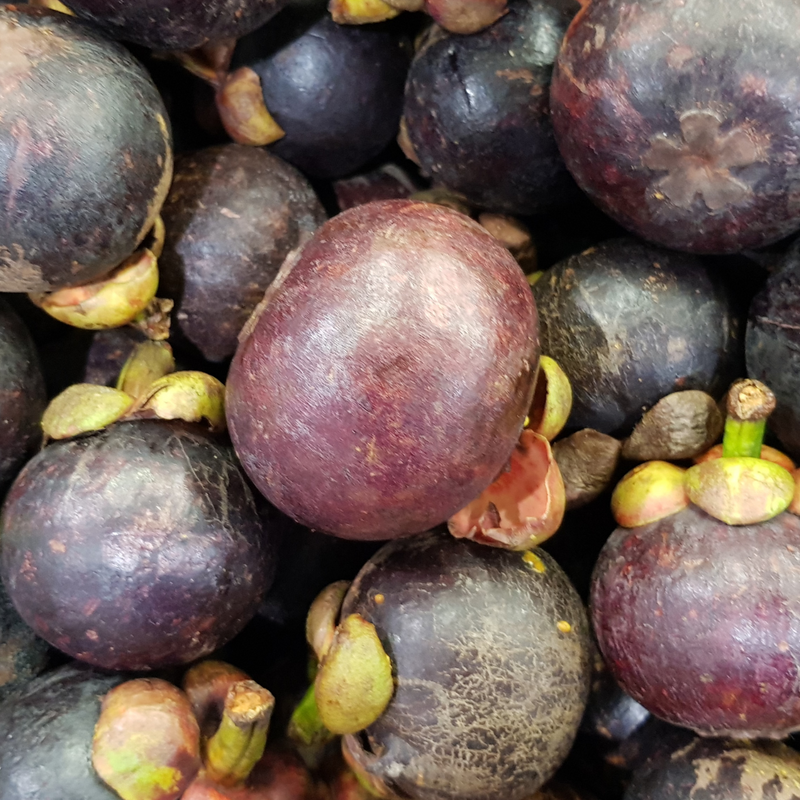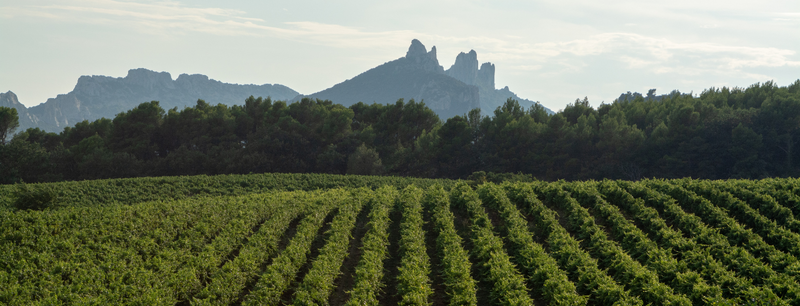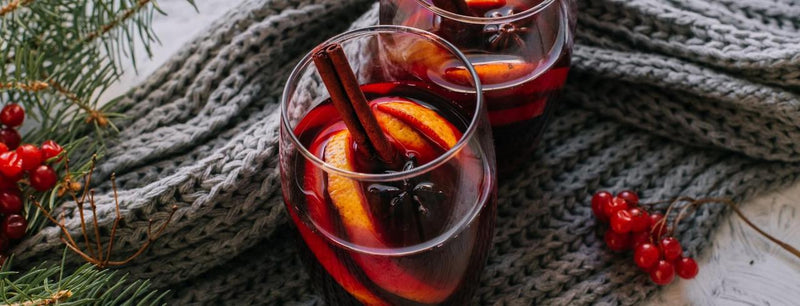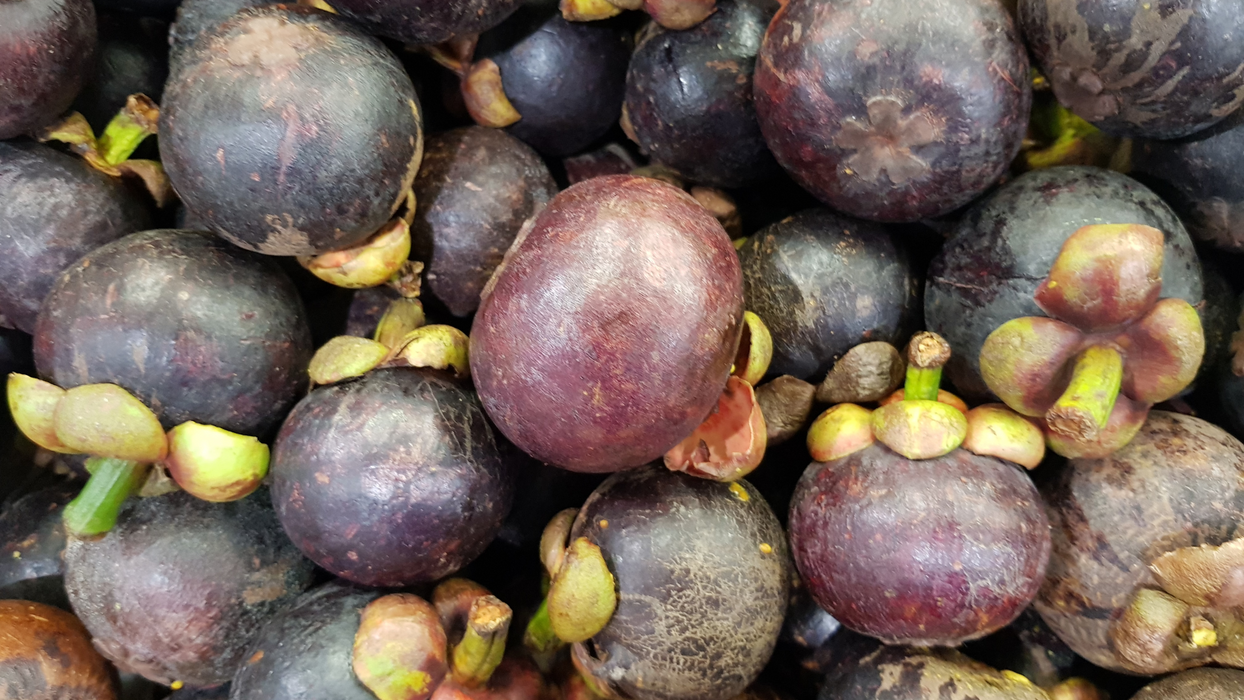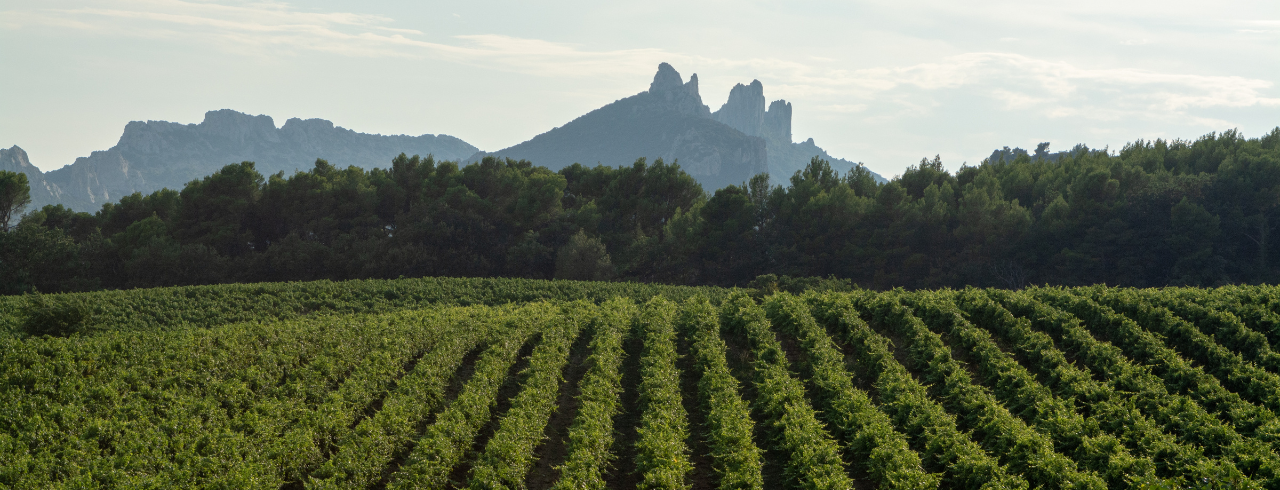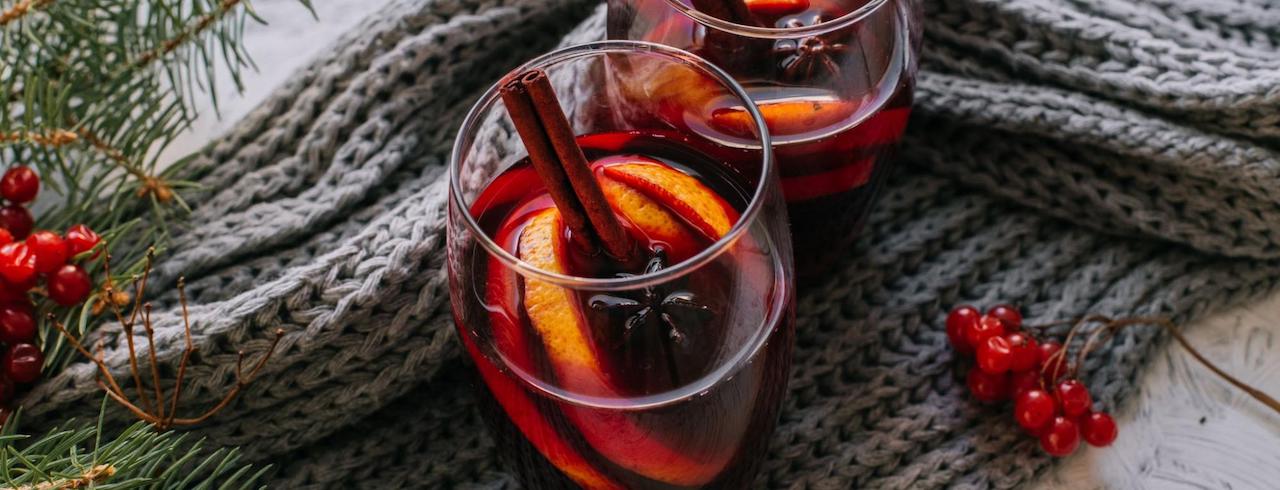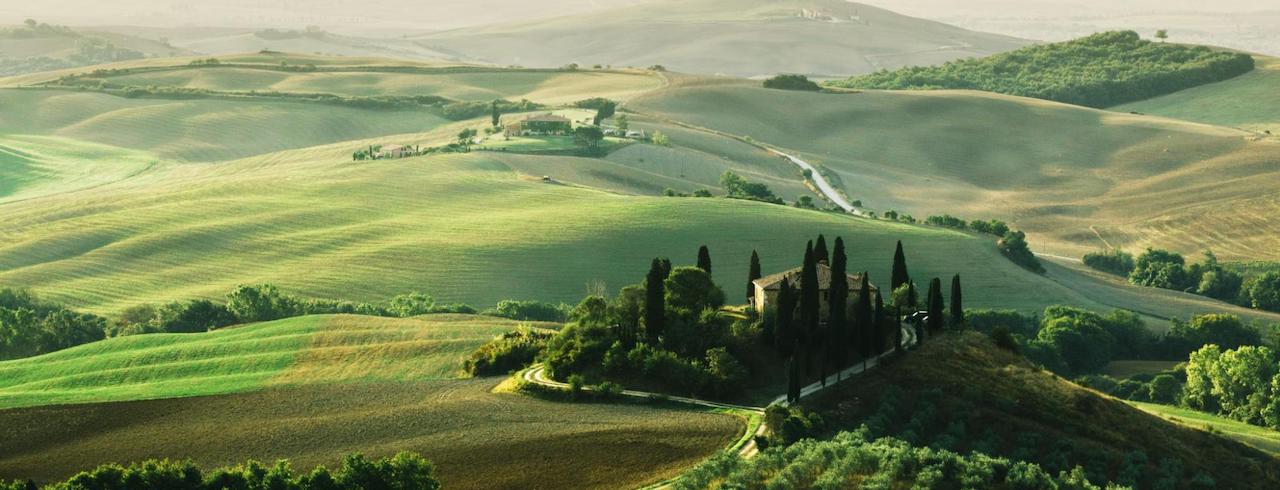
What is Terroir
Modern consumers don’t like surprises. We expect a Big Mac in Maine to taste exactly the same as one in New Mexico. We want the Cheesecake Factory in Montreal to offer the same menu as one in Mississippi.
Fortunately, we’ve been able to avoid this trend in winemaking. Enthusiasts love learning about the grapes, the growing season, and the soil before taking a single sip of vino. Indeed, many wine lovers have just as much passion for the land and agricultural process as they do for the sipping experience.
What do we call this passion? Well, one word for it might be terroir (pronounced tare-WAHr).
This desire to parse out a sense of time and place in every sip is one of the most critical aspects of wine enthusiasm. Terroir provides background and story to each vintage, heightening every glass.
Let’s explore everything there is to know about this little-understood French term.
The Definition Of Terroir
When translated from its original French, terroir’s definition roughly corresponds to a “sense of place.” When applied to winemaking, terroir comprises all of the unique components that contribute to the grape’s growing experience.
This refers to geography and climate but also includes dozens of other factors such as wind streams, sunlight, humidity, and even the human traditions found within the region.
Ultimately, terroir refers to a belief that each wine should taste distinctly shaped by its region and that a Cabernet grown in Australia should taste quite different from a Cab grown in Paso Robles, even if cultivated by the same winemaker. Otherwise, the winemaking process could be perceived as overly mechanized and lacking a true connection to the Earth.
If a wine displays a fine sense of terroir, it tastes uniquely shaped by its region and climate. This isn’t necessarily positive, though it generally augurs well as the wine might have a distinct feel and presence compared to similar bottles.
Today, nearly every region is thought to have its own unique terroir. For example, the terroir of the Barossa Valley in Australia has a very distinct feel when compared to the Central Valley in Chile, even though the two share some similar characteristics.
There are many different components of terroir, though we can divide the broad umbrella into four primary factors:
- Climate
- Soil
- Topography
- Human Impact

The Four Components of Terroir
-
Climate
There are two main types of winemaking climates: warm climate and cool climate.
Warmer climes lead to grapes with higher sugar levels (and higher alcohol wines), while cooler regions result in grapes with fewer natural sugars and biting acidity.
This is because warmer climates lead to extended growing seasons.
To show how this works in action, let’s look at a grape varietal grown in two different regions with wildly different climates.
Chardonnay is one of the most popular grapes found in Napa Valley, California, as well as in Pays d’Oc, France. Because the grapes in California are exposed to higher temperatures year-round, the resulting Chards are generally sweeter and more concentrated when compared to their French cousins.
Of course, temperatures are only one factor contributing to climate. There are at least a dozen different climate conditions that can shape wine grapes, including:
- Humidity
- Precipitation
- Average sunlight
- Wind conditions
Each of these needs to be in perfect balance under conditions that suit each varietal. Let’s take sunlight, for example. Grapes need the sun. In fact, they need a lot of sunlight to produce the number of sugars necessary for a top-shelf wine.
However, if a grape is exposed to too much sunlight, it will become sunburned, which can impart a sour, bitter flavor that muddies the taste of wine.
Of course, this principle applies to all different factors. What if you have too little rainfall? Low yields and shriveled grapes. Too much? High yields and poor grapes. This is why winemakers seek to operate their vineyards in hardy conditions.
-
Soil
If you’ve ever been to a vineyard wine tasting, you know that wine enthusiasts care deeply about the soil that cultivates their precious grapes.
Vines grow in a vast array of soils, whether pebble-laden sand, rocky loam, or limestone-enriched clay. Some regions, such as Beaujolais are home to rocky soils that are millions of years old, which can imbue a distinct sense of minerality and reduced acidity.
Indeed, soil color even impacts sunlight conditions, as lighter-hued soils reflect more light up at the vines, drying them out further.
In general, sandy soils are best for light, crisp wines such as Chardonnay or Sauvignon Blanc, while clay-based soils produce structured, complex reds like Cabernet Sauvignon and Malbec.

-
Terrain and Topography
Have you ever run your fingers along the surface of a textured globe? Where the Dutch lowlands are flat while the Andes Mountains are craggy and rough? That’s topography.
It takes into account not only altitude changes but also different terrains and nearby physical features, all of which can influence the ultimate taste of a glass of wine.
If vines are in close proximity to a substantial lake, they will likely have more moderate, temperate climate conditions. The surface waters on the lake provide slight breezes during the day and warm winds during the night.
Meanwhile, nearby mountain ranges can provide more downwind influences for grapes, extending the growing season and producing juicier, sweeter fruit. Mountains also mean higher altitudes, which lead to cooler nights and prime growing conditions for deep reds that are perfect for aging.
Some of the most coveted vintages in the world originate from high-altitude vineyards such as those found in the Andean regions of Chile. Steep slopes provide superior drainage, while the cool temperatures offer the perfect conditions for complex, layered flavors.
-
Human Impact
While not often taken into account when discussing terroir, human culture and tradition should be considered in the conversation. After all, is there a greater impact today on “sense of place” than human activity?
For instance, some winemaking regions pride themselves on ancient winemaking traditions such as biodynamic farming. These practices often lead to wines that display a greater connection to the land and growing season than others.
On the other hand, certain regions and winemakers tend towards an increased reliance on technology and innovative winemaking techniques. This can reduce the impact of a poor growing season on the taste of each individual grape.
A Word On Climate Change
Terroir isn’t static. It’s a living, breathing element of winemaking that changes drastically over time, whether as a result of the patterns of nature or man-made events.
Currently, terroir is shifting rapidly all around the globe due to the effects of man-made climate change. While the increases in global temperature might not make a huge change in wine growing as a whole, the resulting uptick in severe weather events (drought, flooding, wildfires, etc.) absolutely will.
Some top-shelf, temperamental wines such as Pinot Noir can only thrive in narrowly defined weather conditions. Once the changes in climate and terrain reach a tipping point, winemakers may find it difficult to reproduce the conditions required to achieve near perfection in every grape.
Of course, this represents only a small sliver of climate change’s impact on the broader world, but it’s certainly one that will deeply affect the wine enthusiast community.

Get A Taste Of Terroir With Wine Insiders
Wine shouldn’t be a factory-produced beverage. At its best, wine should be artisanally crafted and reflect the slice of earth it comes from.
You should be able to close your eyes and taste the summer sunshine, the sandy soil, and the cooling maritime breezes.
To taste terroir for yourself, browse our catalog of top-shelf vinos. Compare the subtle differences between a Riesling from Germany and one from Monterey, or a Sauvignon Blanc from New Zealand and one from Chile’s Central Valley.
Discover “a sense of place” with nothing but your nose and taste buds. While you’re waiting for your order to arrive, expand your wine education by exploring our blog with articles like the best pairings for Manchego cheese and everything you need to know about wine acidity.
